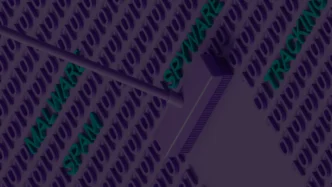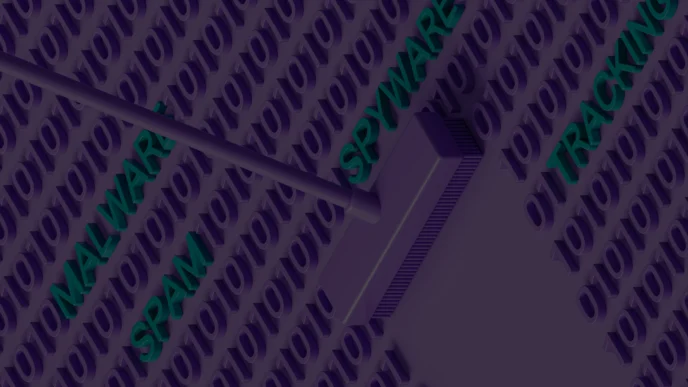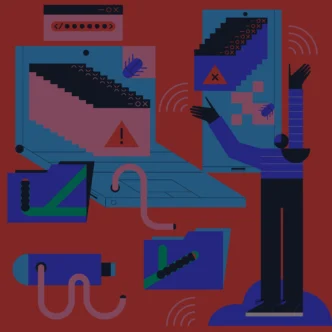Cloud environments offer unparalleled scalability, flexibility, and efficiency, but they also present significant security challenges. As more organizations migrate to the cloud, the complexity of maintaining a robust security architecture becomes paramount. A cloud security architecture blueprint helps organizations address these challenges by incorporating industry best practices, aligning with cloud service models, and ensuring compliance. This article outlines a comprehensive blueprint for building cloud security architecture, incorporating expert opinions, emerging trends, and proven strategies.
Understanding Cloud Security Architecture
Cloud security architecture refers to the framework and set of practices used to secure cloud environments. These environments are inherently different from traditional on-premises infrastructure due to their scalable nature, shared responsibility models, and integration with multiple third-party services. Therefore, developing an effective cloud security architecture requires addressing unique challenges such as unauthorized access, data breaches, misconfigurations, and regulatory compliance.
A cloud security architecture blueprint helps organizations maintain consistent security across various cloud environments, including Software as a Service (SaaS), Infrastructure as a Service (IaaS), and Platform as a Service (PaaS). It serves as a reference for architects and engineering teams, guiding them through the process of securing these cloud resources while ensuring best practices and compliance.
Key Components of Cloud Security Architecture
1. Identity and Access Management (IAM)
A core component of cloud security is Identity and Access Management (IAM). IAM ensures that only authorized users and devices can access cloud resources. Best practices for IAM include:
- Authentication: Use Multi-Factor Authentication (MFA) to verify user identities before granting access. This significantly reduces the risk of unauthorized access.
- Authorization: Enforce the principle of least privilege by granting users the minimum permissions necessary to perform their roles. This minimizes the attack surface.
- Audit and Monitoring: Regularly audit access logs and monitor for anomalous behavior that might indicate a security breach or misconfigured access.
2. Data Protection
Protecting data is a fundamental aspect of cloud security. Since cloud environments are inherently shared, sensitive data must be encrypted both in transit and at rest to avoid exposure. Key strategies for data protection include:
- Encryption: Implement robust encryption protocols such as AES to secure data at rest and TLS/SSL for data in transit.
- Data Masking and Tokenization: Mask or tokenize sensitive data to prevent unauthorized access and mitigate data breach risks.
- Backup and Disaster Recovery: Establish a secure and scalable backup strategy to ensure data integrity and availability in case of a disaster or cyber-attack.
3. Network Security
Securing the cloud network infrastructure is critical to preventing unauthorized access and safeguarding data in transit. Essential network security measures include:
- Firewalls: Deploy cloud-native firewalls to filter traffic and enforce security policies.
- VPNs (Virtual Private Networks): Establish secure connections between on-premises networks and cloud environments, ensuring that data transmission is protected from eavesdropping and tampering.
- Intrusion Detection and Prevention Systems (IDPS): Continuously monitor network traffic for potential intrusions or suspicious activities.
4. Application Security
Applications deployed in the cloud must be rigorously secured against common vulnerabilities such as SQL injections, cross-site scripting (XSS), and other application-layer attacks. To enhance application security:
- Secure Coding Practices: Ensure that developers follow secure coding guidelines to mitigate vulnerabilities at the design and development stages.
- Static and Dynamic Testing: Regularly perform static (SAST) and dynamic (DAST) security testing to detect potential vulnerabilities early in the development lifecycle.
- Patch Management: Apply regular updates and patches to software applications to fix any security flaws and ensure that the latest security protocols are in place.
5. Compliance and Governance
Compliance with regulatory standards is crucial for organizations operating in highly regulated industries. Cloud security must be designed to meet various compliance requirements, including GDPR, HIPAA, and SOC 2. Key compliance strategies include:
- Policy and Procedure Development: Create a set of security policies and procedures that align with regulatory requirements.
- Automated Compliance Checks: Leverage tools to automate compliance checks and continuously monitor the security posture of cloud environments.
- Audit Trails: Maintain clear and immutable audit trails for compliance reporting and forensic investigations.
6. Incident Response and Monitoring
Cloud environments require continuous monitoring and an efficient incident response strategy. Effective incident response includes:
- Continuous Monitoring: Utilize cloud-native monitoring tools to detect unusual behavior, security vulnerabilities, or potential breaches in real-time.
- Incident Response Plan: Develop a comprehensive incident response plan to quickly mitigate any security incidents and reduce downtime.
- Post-Incident Forensics: After an incident, conduct a detailed investigation to understand the cause of the breach and strengthen defenses against future attacks.
Emerging Trends in Cloud Security Architecture
The field of cloud security is constantly evolving, driven by new technologies and emerging threats. Here are some key trends shaping the future of cloud security:
1. Zero Trust Architecture
Zero Trust is an emerging security model that assumes all network traffic is untrusted, regardless of its origin. Every user, device, and application must be continuously verified before access is granted, ensuring that even internal threats are mitigated. Zero Trust combines elements of IAM, network security, and data encryption to enforce least privilege access across cloud environments.
2. Automation and DevSecOps
Automation is key to managing the complexity of cloud environments. By automating security processes, organizations can quickly respond to threats, ensure compliance, and manage cloud infrastructure efficiently. DevSecOps, which integrates security into DevOps workflows, automates security checks throughout the software development lifecycle, ensuring that security vulnerabilities are detected early and remediated before deployment.
3. Cloud-Native Security Solutions
Cloud-native security solutions are designed to work seamlessly with cloud environments. These include:
- Cloud-native Application Protection Platforms (CNAPPs): These platforms integrate security and compliance tools across the development and production lifecycle, ensuring that cloud-native applications remain secure from development through deployment.
- SASE (Secure Access Service Edge): SASE converges network security and cloud security services, such as software-defined wide-area networking (SD-WAN), secure web gateways, and zero trust network access (ZTNA), into a unified service model.
4. Edge Computing Security
As edge computing becomes more prevalent, securing data processing at the edge is critical. This involves protecting data and applications at remote locations, where traditional security controls may be less effective. Security solutions for edge computing focus on securing devices, encrypting data in transit, and ensuring that edge applications comply with organizational security policies.
Best Practices for Building Cloud Security Architecture
To ensure a strong and resilient cloud security architecture, consider these best practices:
1. Automate Security Operations
Automation is essential to managing the complexity and scale of cloud environments. Automate deployment, monitoring, and compliance to free up resources for more strategic security initiatives.
2. Adopt Defense-in-Depth
Use multiple layers of security controls to create a defense-in-depth strategy. This reduces the likelihood of a successful attack and ensures that even if one layer is breached, others continue to provide protection.
3. Integrate Security Early in the Development Lifecycle
Ensure that security is a priority from the outset of development, not an afterthought. By integrating security into the DevSecOps pipeline, vulnerabilities can be identified and mitigated before they escalate into critical issues.
4. Leverage Cloud-Native Tools
Evaluate your cloud service provider’s native security controls to see if they meet your needs. Cloud providers are continuously improving their security capabilities, and in many cases, their native tools can provide comprehensive security without the need for additional third-party solutions.
Conclusion
Building a robust cloud security architecture is a critical task for any organization migrating to the cloud. It requires a holistic approach that integrates IAM, data protection, network security, and compliance strategies. As cloud environments evolve, emerging technologies like Zero Trust, automation, and edge security will play an increasingly vital role in fortifying cloud architectures. By adopting industry best practices and leveraging cloud-native security solutions, organizations can navigate the complexities of cloud security and safeguard their digital assets.














